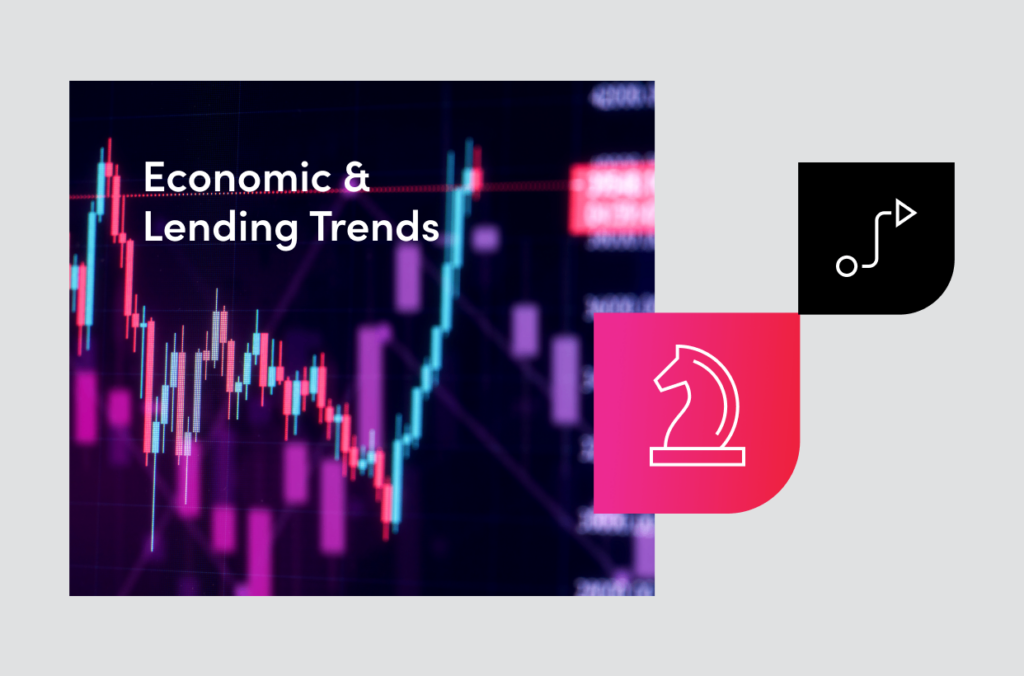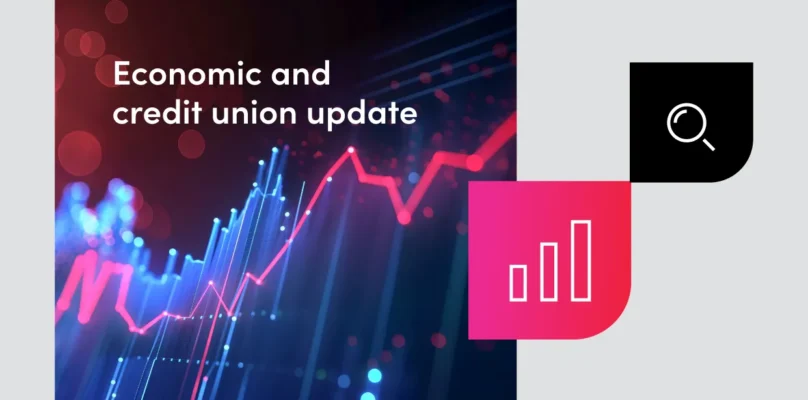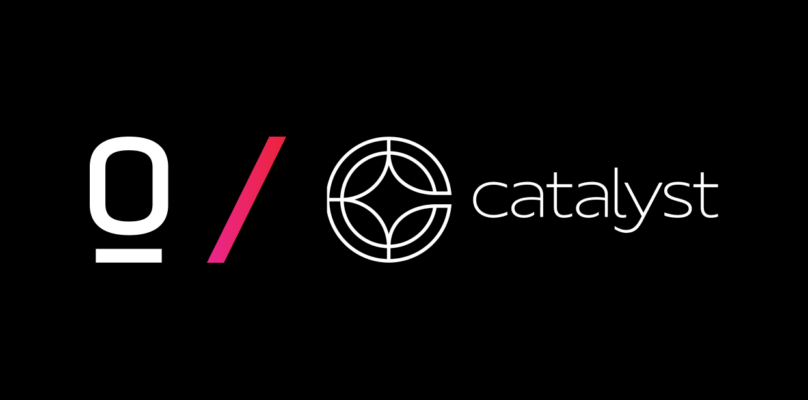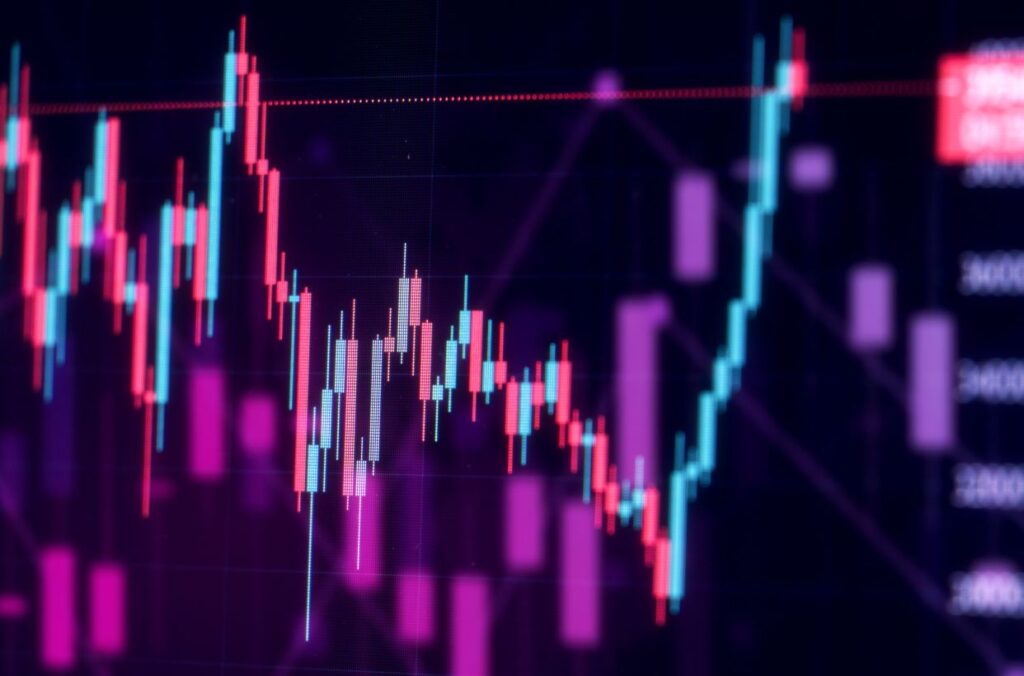Read the recap of our latest webinar featuring economist Lauren Henderson, VP at Stifel Financial Corporation.
While everyone eagerly awaits further interest rate cuts, the Federal Reserve will not only delay further cuts but reduce the number of rate cuts planned for this year to improve inflation, according to Lauren Henderson, vice president and economist with Stifel Financial Corporation.
In a recent Origence webinar, Henderson shared a comprehensive analysis of the current economic landscape, focusing on the Federal Reserve’s approach to monetary policy, the impact of inflationary pressures, and the broader implications for various sectors of the economy.
Factors shaping the near-Term economic outlook
The economic outlook hinges on three key factors, reported Henderson: consumer resilience, inflation performance, and policy decisions by monetary and fiscal authorities. Having a strong base of consumers is important to prevent the economy from dropping suddenly, and it’s crucial to manage prices well and respond effectively to policies to keep the economy stable, she said. Both monetary and fiscal policies come with risks, and it’s important to find a careful balance to avoid harming growth or causing prices to rise too much. Even though there are difficulties, the U.S. economy is currently in a good position, thanks to the strong job market and how consumers are doing.
Labor market and wage pressures
The job market is starting to show some cracks, Henderson continued. The most recent job report showed that jobs are being created more slowly than expected. While there are still more jobs being added than lost, it’s not as strong as it used to be. The unemployment rate has gone up to 3.9%, which is the highest it’s been in two months. However, it’s still lower than what the Federal Reserve considers full employment, she explained. This means that there are still many jobs being created, but there are also many people who are not actively looking for work.
Businesses are struggling because there aren’t enough workers available, Henderson explained. This mismatch between the number of jobs available and the number of people looking for work has led to higher wages. Salaries are now higher than they were before the pandemic, although the rate of increase has slowed down a bit from March to 3.9% annually. Still, average hourly earnings are more than fifty basis points higher than they were before the pandemic.
In 2023, there was a positive change in real wages, which had been declining for two years. Real average hourly earnings went up by six-tenths of a percentage point annually. This is good news for households, especially since the government’s pandemic support measures have decreased, she said.
Overall, the job market is coming into better balance, but there are still challenges with finding enough workers and managing wage increases, which affects both businesses and households, said Henderson.
Consumer trends amid economic shifts
Consumer behavior has significantly changed, with a surge in savings due to fiscal policies during the pandemic, which led to a savings rate exceeding 30% in 2020. However, relying solely on savings isn’t sustainable. The savings rate has dropped to 3.2% and is now lower than pre-pandemic levels. Some people are benefiting from higher interest rates by putting money into money market funds and high-yield savings accounts, Henderson explained.
As savings run out, consumers are using credit cards and increasing their debt, with credit card debt reaching a record $1 trillion, a 15% increase from the previous year. Relying on credit cards and dipping into 401Ks isn’t a good long-term plan, said Henderson, particularly with record-high credit card interest rates at 21%.
Furthermore, many borrowers must start paying back student loans again, and more borrowers are falling behind on credit card and auto loan payments. Despite consumers saving trillions, inflation is complicating matters, she said. This is leading consumers to spend less and be more cost-conscious.
Consumers are shifting how they spend money, focusing more on what they need and being cautious about what they buy. Henderson went on to further explain that this shift in consumer spending habits, known as the “lipstick effect,” indicates a willingness to spend selectively. It varies among consumers, with the wealthy benefiting from asset appreciation in equities and housing, while lower-income groups do not see the same benefits.
Business investment and the housing market
Business investment remains positive overall, supported by moderate consumer spending levels, said Henderson. However, businesses are challenged with higher wages, prices, and interest rates. Smaller businesses may struggle more, potentially leading to layoffs or reduced investments. Larger businesses can absorb some of these pressures and may increasingly turn to technology to streamline operations. The overall economic growth is expected to slow, with concerns about stagflation – where prices continue to increase, yet growth slows down.
The housing market faces challenges from higher interest rates, leading to a lock-in effect for homeowners and pressures on affordability, she said. Commercial real estate, especially office spaces, is impacted by remote work trends, affecting surrounding businesses and areas. While delinquency rates in commercial mortgage-backed securities are rising, they are not yet a large-scale crisis, according to Chair Powell’s assessment.
Economic growth and recessionary challenges
In the current economic landscape, growth is anticipated to slow more, yet it’s expected to remain positive in the upcoming quarters, Henderson explained. The latest GDP data shows a 1.6% rise in the first quarter, which is slower than previous levels. However, the chance of recession, once a major concern, has lowered to around 20%, a significant decrease from earlier projections.
The Federal Reserve is striving for a “soft landing” scenario, aiming to balance inflation control while keeping growth steady and unemployment low, she stated. This approach, though historically challenging to achieve, is seen as crucial in the current economic climate. The focus is now on potential stagflation, where prices keep going up but the economy slows down, which is different from a traditional recession.
Internationally, central banks are dealing with similar problems of high inflation and slow growth, leading to cautious policy stances. The U.S. Federal Reserve has maintained interest rates, showing they are being cautious with changes. People expected the Federal Reserve to make multiple rate cuts but now expect fewer changes, matching the Federal Reserve’s careful approach.
Government spending, especially the significant increase in public debt, is affecting how long-term interest rates are seen, explained Henderson, making it harder for the Federal Reserve to make decisions about rate adjustments. The pandemic increased spending, mixed with global supply chain problems and political tensions, making inflation and economic predictions tricky.
Inflation remains a big concern, especially in areas like housing costs, which keeps pushing prices up, Henderson continued. The Fed is responding by slowly easing policies, but they’re being careful and watching data closely.
Looking ahead, the market is uncertain, said Henderson, with investors and analysts closely watching for any shifts in the Federal Reserve’s stance and the impact on the economy. She concluded that the balancing act between controlling inflation, supporting growth, and keeping the market stable remains a big challenge for policymakers right now.













